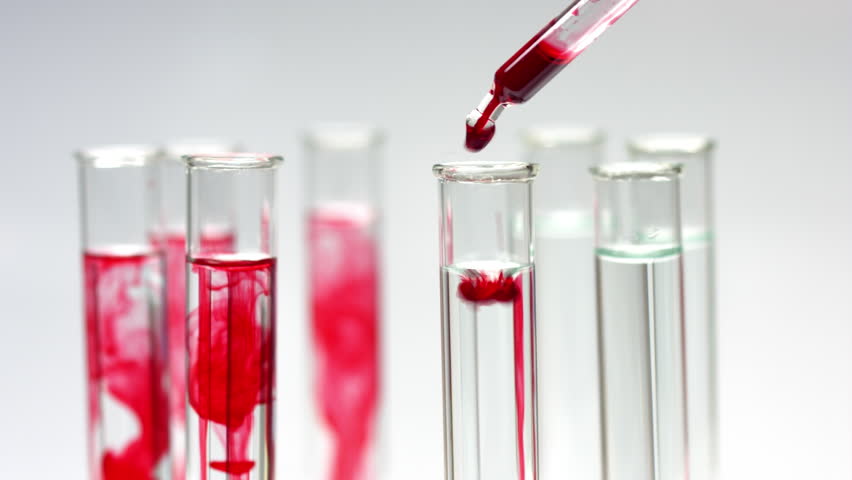Most of us understand the basics of blood and what it does to our body. Moreover, the basics aren’t always enough to understand how blood works, and the functions it carries out. In this article, we’ll talk about the four major blood components that make up the blood and their functions.
‘Blood’ is one more an element which plays a part to keep a human alive belike brain and heart. It is a body fluid communicate around the body and delivers essential substances such as nutrients and oxygen to the cells. Likewise, transports metabolic waste products away from those same cells. Blood contains main components which not only operate body but a deficiency of them can lead you to many complications.
Basic functions of Blood
Blood is one of the vital components in the body and cannot be artificially made or manufactured. There are many functions as follows done by blood which if undone can lead you to death.
- Carries oxygen to tissues (here a protein, hemoglobin, in red blood cells is significant)
- Supply nutrients such as glucose, amino acids, and fatty acids
- Remove waste product such as carbon dioxide, urea, and lactic acid
- Circulation of WBCs and tracing foreign material by antibodies
- The conversion of blood from a liquid to a semisolid gel to clog bleeding called coagulation.
- Regulate body temperature
- Inform throughout the body about the transport of hormones and tissue damage
- Hydraulic functions
Major components of Blood
The blood circulates around the body through veins, arteries and capillaries is 7 to 8 percent of normal human body weight, with an average density, close to pure water, of 1060 kg/m3. The average looking adult has a blood volume of roughly 5 liters. Plasma, Red Blood cells, White blood cells, and Platelets are the 4 major blood components.
- Plasma
It is around 55 percent of blood and straw-yellow in color. Plasma circulates throughout the body with dissolved nutrients such as glucose, amino acids, and fatty acids. It also removes waste products like carbon dioxide, urea, and lactic acid. This component helps in blood-clotting, transports chemical messengers, antibodies, and maintains body’s fluid balance.
- Red blood cells or erythrocytes
It contains the key factor of the blood, hemoglobin and distributes oxygen. The percentage of blood accustomed to red blood cells is acknowledged as hematocrit which is about 45 percent. The normal count of RBCs is 4.7 to 6.1 million in male and 4.2 to 5.4 million in the female. They are generated from our bone marrow at a rate of four to five billion per hour and have a lifecycle of about 120 days in the body.
Also read Thalassemia: Symptoms, causes, and prevention.
- White blood cells or leukocytes
They are merely one percent of blood volume but plays the key role in immune system. WBCs are indispensable for good health since they flow through the bloodstream to kill and remove old or aberrant cells and cellular debris. They also attack pathogens and foreign bodies like virus and bacteria to protect against illness and diseases. They generated constantly from bone marrow. Their normal count is 4000 to 11000.
- Platelets or thrombocytes
These are as important as the other three blood components because they perform coagulation. Though they look like non-active small plates come alive when blood vessels send them a signal of injury or wound anywhere on the body. Since after platelets receive signal they grow long tentacles and make clusters with the vessels to heal the wound.
We may not have given much importance to our blood in daily life as we cede ourselves to our heart and brain. But blood is also the chief element in humans and animals to be alive.
[World Blood Donor Day is celebrated every year by the people in many countries around the world on 14th of June.]
